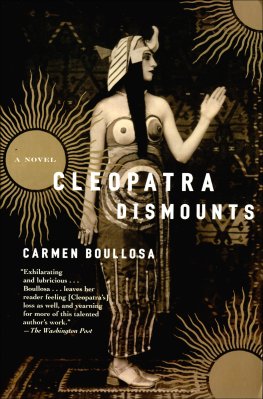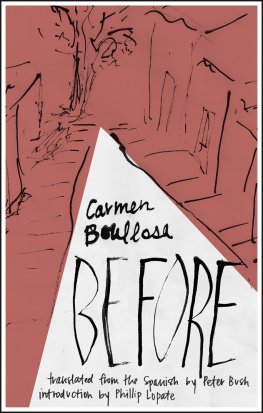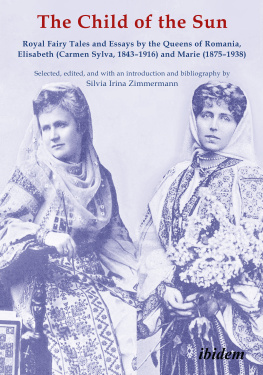Natalie Stackelberg - The Life of Carmen Sylva (Queen of Roumania)
Here you can read online Natalie Stackelberg - The Life of Carmen Sylva (Queen of Roumania) full text of the book (entire story) in english for free. Download pdf and epub, get meaning, cover and reviews about this ebook. year: 2021, publisher: Library of Alexandria, genre: Non-fiction. Description of the work, (preface) as well as reviews are available. Best literature library LitArk.com created for fans of good reading and offers a wide selection of genres:
Romance novel
Science fiction
Adventure
Detective
Science
History
Home and family
Prose
Art
Politics
Computer
Non-fiction
Religion
Business
Children
Humor
Choose a favorite category and find really read worthwhile books. Enjoy immersion in the world of imagination, feel the emotions of the characters or learn something new for yourself, make an fascinating discovery.

- Book:The Life of Carmen Sylva (Queen of Roumania)
- Author:
- Publisher:Library of Alexandria
- Genre:
- Year:2021
- Rating:5 / 5
- Favourites:Add to favourites
- Your mark:
- 100
- 1
- 2
- 3
- 4
- 5
The Life of Carmen Sylva (Queen of Roumania): summary, description and annotation
We offer to read an annotation, description, summary or preface (depends on what the author of the book "The Life of Carmen Sylva (Queen of Roumania)" wrote himself). If you haven't found the necessary information about the book — write in the comments, we will try to find it.
The Life of Carmen Sylva (Queen of Roumania) — read online for free the complete book (whole text) full work
Below is the text of the book, divided by pages. System saving the place of the last page read, allows you to conveniently read the book "The Life of Carmen Sylva (Queen of Roumania)" online for free, without having to search again every time where you left off. Put a bookmark, and you can go to the page where you finished reading at any time.
Font size:
Interval:
Bookmark:

QUEEN OF ROUMANIA.
C armen S ylva
(QUEEN OF ROUMANIA)
BY
BARONESS DEICHMANN
FOUR PORTRAITS, VIEW, AND FACSIMILE OF HANDWRITING
KEGAN PAUL, TRENCH, TRBNER, & CO.
LIMITED
1890
[All Rights reserved]
BALLANTYNE, HANSON AND CO.
EDINBURGH AND LONDON
ne de BUNSEN.
Forth comes the sylvan song, the woodlands child!
And had I not been born neath forest trees,
I never should have heard such songs as these.
I learned them from the birds, that sang aloft;
And from the greenwoods murmurs sweet and soft
Up sprang with them the heart within my breast!
Song and the forest lull my soul to rest.
| CHAP. | PAGE |
| I. | THE COUNTS AND PRINCES OF WIED |
| II. | THE PARENTS OF PRINCESS ELIZABETH |
| III. | CHILDHOOD |
| IV. | YOUTH |
| V. | TRAVELS |
| VI. | BETROTHAL AND MARRIAGE |
| VII. | ARRIVAL IN ROUMANIA |
| VIII. | MATERNAL JOY AND SORROW |
| IX. | QUIET LIFE |
| X. | THE WAR AND ITS RESULTS |
| XI. | WORK FOR THE COUNTRY |
| XII. | CARMEN SYLVA |
| XIII. | CONCLUSION |
The Counts and Princes of Wied.
Bright Wied to the Rhine;
On the banks of it rises
Princely castle so fine:
And the old hero-race
Neer corrupted of ill
Noble flames constant rise
From the roots of it still.
Font size:
Interval:
Bookmark:
Similar books «The Life of Carmen Sylva (Queen of Roumania)»
Look at similar books to The Life of Carmen Sylva (Queen of Roumania). We have selected literature similar in name and meaning in the hope of providing readers with more options to find new, interesting, not yet read works.
Discussion, reviews of the book The Life of Carmen Sylva (Queen of Roumania) and just readers' own opinions. Leave your comments, write what you think about the work, its meaning or the main characters. Specify what exactly you liked and what you didn't like, and why you think so.






